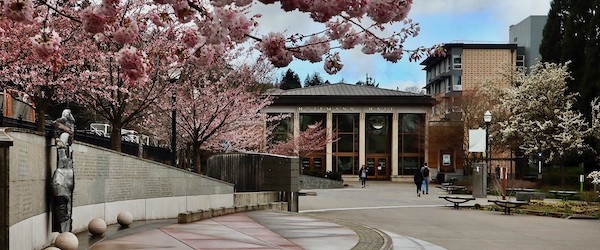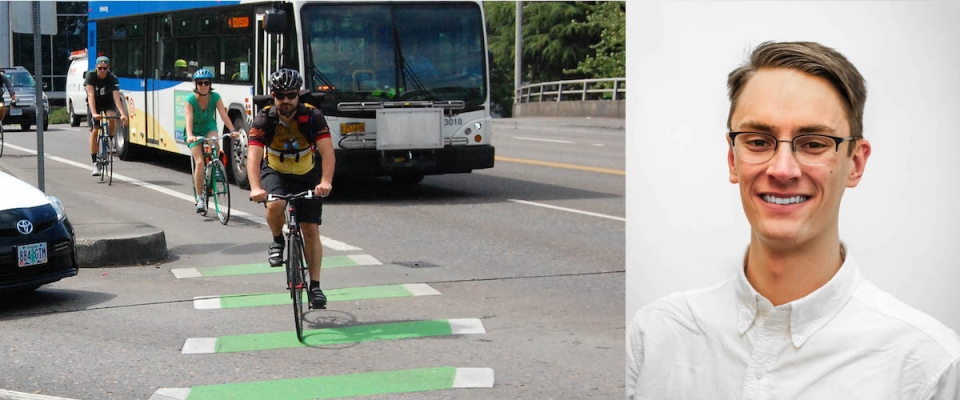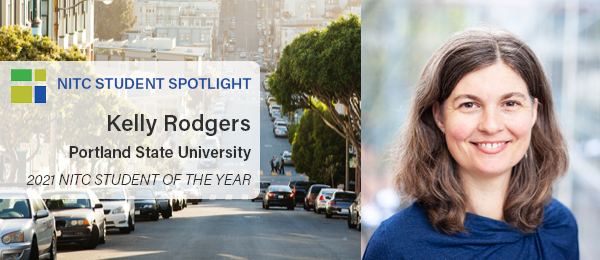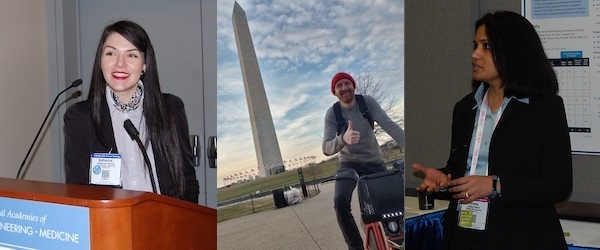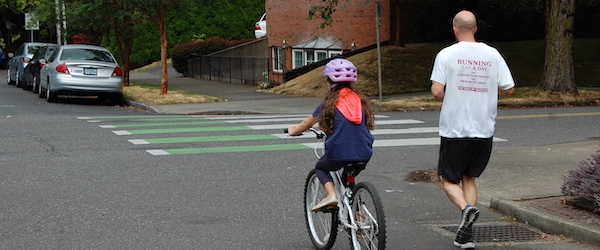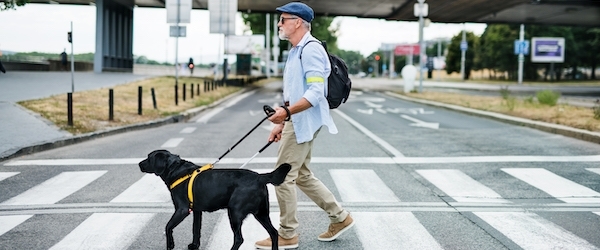The Spring term at Portland State University starts March 28, 2022, and registration opens March 7 for non-degree students. (Students who are already enrolled in a PSU degree program can register online now.) Lifelong learning is a guiding principle of PSU, and anyone interested can take transportation courses through the non-degree application process or as a post-baccalaureate student. Taking a course can be a good way to see if one of our graduate degree programs is right for you.
See PSU’s COVID-19 Student Resources for the latest information regarding the return to campus and PSU's ongoing response to the pandemic.
Civil and Environmental Engineering
Non-degree or non-...
Read more
